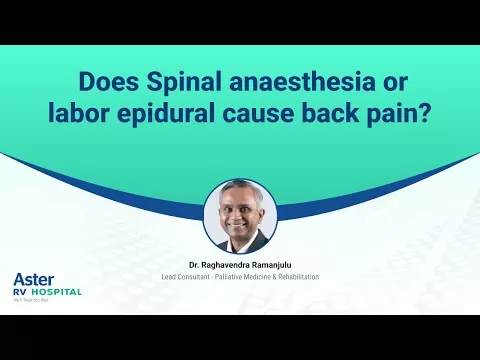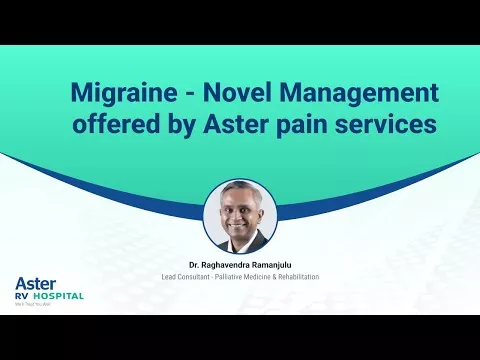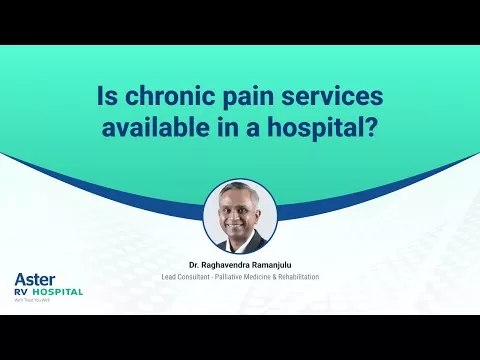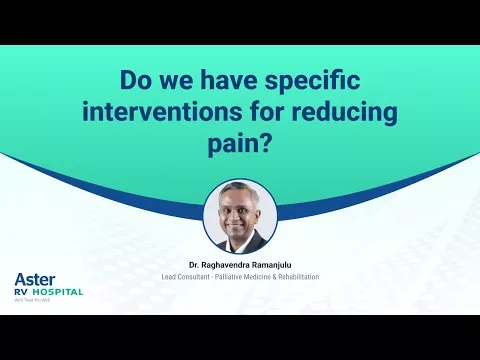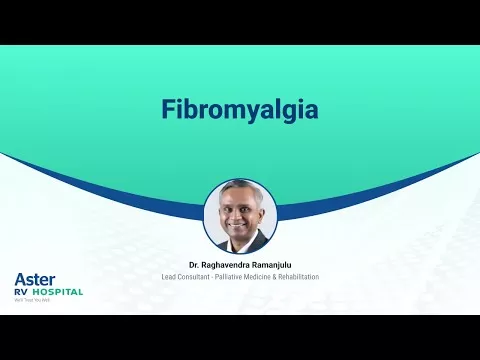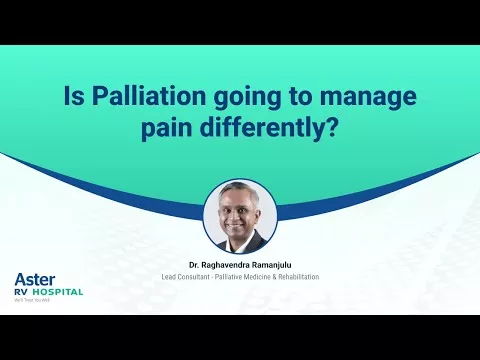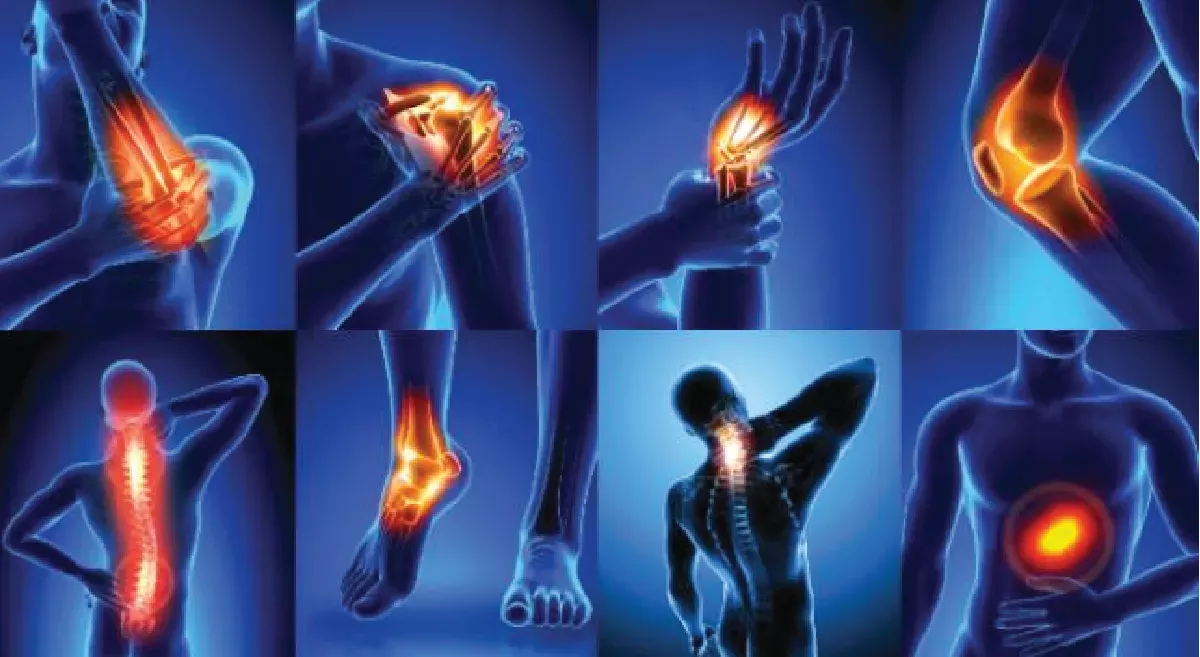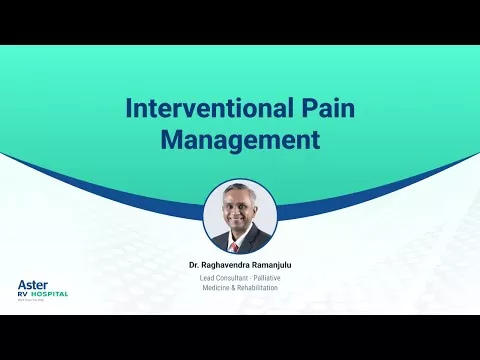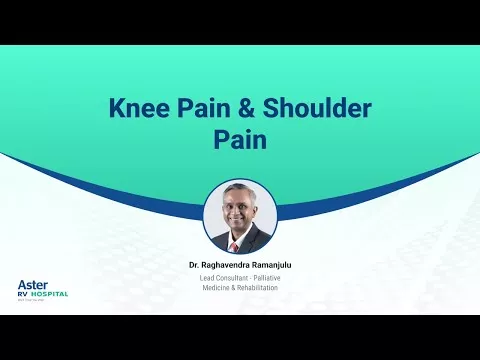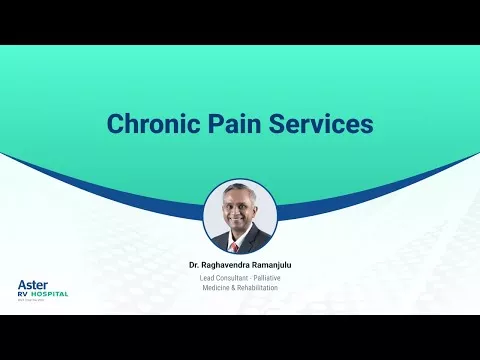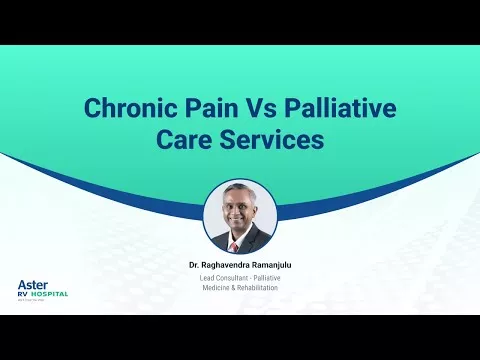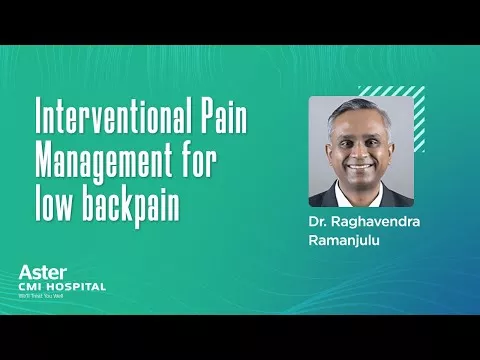Chronic pain can significantly impact your quality of life, making everyday tasks a daunting challenge.
When conservative pain management techniques fail to provide relief, and pain begins to turn chronic, interventional pain management steps in. This aspect of chronic pain management is applied when patients have exhausted all conservative treatments without success. Interventional pain management involves specific, targeted therapies, such as steroid injections or regenerative treatments like PRP (Platelet-Rich Plasma), stem cell therapy, to directly address the source of pain. Not all cases require these advanced interventions; in fact, around 80% of pain cases are effectively managed through a multidisciplinary approach.
Interventional pain management offers a range of minimally invasive procedures designed to target the source of your pain and provide lasting relief.
What is Interventional Pain Management?
Interventional pain management involves minimally invasive procedures that utilize advanced imaging technology, to identify the exact pain source and administer targeted treatments. They are performed by highly qualified, skilled, and experienced pain management specialists.
This medical subspeciality comprises minimally invasive techniques aimed at directly alleviating discomfort. It focuses on diagnosing and treating pain-related disorders along with other treatment modalities.
Medicare Payment Advisory Commission (MedPAC) outlines interventional techniques as minimally invasive procedures, including precision needle placement for drug delivery, nerve ablation, and certain surgical approaches like laser or endoscopic discectomy, intrathecal infusion pumps, and spinal cord stimulators.
These interventions manage subacute or chronic pain through facet joint injections, nerve blocks, neuroaugmentation, vertebroplasty, kyphoplasty, nucleoplasty, endoscopic discectomy, and implantable drug delivery systems.
Common Interventional Pain Management Techniques
1. Injections and Nerve Blocks
- Epidural Steroid Injections: These injections deliver corticosteroids into the epidural space, a region surrounding the spinal cord. Back and neck pain related to herniated discs or spinal stenosis are mostly treated with these steroid injections.
- Facet Joint Injections: These injections target the small joints in the spine called facet joints, which can become inflamed and cause pain.
- Nerve Blocks: These procedures involve injecting an anesthetic or steroid into a specific nerve to temporarily or permanently block pain signals.
2. Radiofrequency Ablation (RFA)
As a procedure for chronic pain relief, RFA utilizes heat energy to destroy those abnormal small nerve tissue areas which transmit pain signals. It is highly effective in chronic pain conditions like facet joint pain, peripheral neuropathy, and complex regional pain syndrome.
3. Electrical Stimulation
Electrical stimulation therapies involve the use of electrical currents to modulate pain signals.
• Spinal Cord Stimulation (SCS): This technique involves implanting a device that delivers electrical impulses to the spinal cord, interrupting pain signals.
• Peripheral Nerve Stimulation (PNS): This technique involves implanting a device that delivers electrical impulses to peripheral nerves, which can help to reduce pain in the affected area.
4. Minimally Invasive Spine Surgery
In some cases, minimally invasive spine surgery may be recommended to treat severe pain caused by spinal conditions. These procedures are less invasive than traditional open surgery, resulting in faster recovery times and reduced risk of complications.
Who Can Benefit from Interventional Pain Management?
Interventional pain management can be beneficial for people suffering from a variety of chronic pain conditions, including:
- Back and Neck Pain
- Knee Osteoarthritis
- Complex Regional Pain Syndrome
- Trigeminal Neuralgia
- Plantar fasciitis
- Calcaneal Spurs
- Frozen Shoulder
- Cluster headache
- Neuropathy
- Cancer Pain
How to Choose an Interventional Pain Specialist?
When choosing an interventional pain specialist, it is important to consider their qualifications, experience, and reputation. Find a specialist who has a certification in pain medicine and has a track record of successful results. It should be noted that pain management is multidisciplinary in nature. You should also feel comfortable discussing your pain concerns with your specialist and ask any questions you may have.
The Road to Pain Relief
From nerve blocks and RFA to advanced techniques like spinal cord and deep brain stimulation, these interventions offer hope for those who have not found relief through traditional methods.
Understanding and exploring these advanced pain management options can empower patients to take control of their pain and improve their quality of life. As always, consultation with a healthcare provider is essential to determine the best course of action for each individual, ensuring that the chosen pain management strategy is safe and effective. With the right combination of treatments, relief and a better quality of life are within reach.
Remember, you don't need to suffer in silence. There is always hope.















